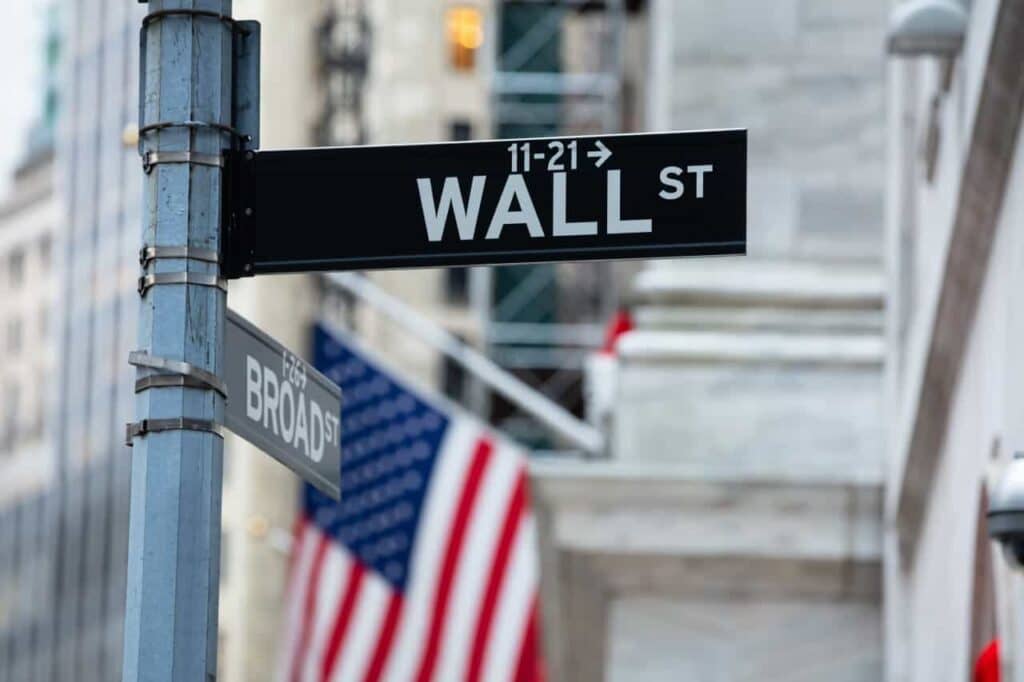This week, the stock market recorded its highest losses since the pandemic as investors reacted to the uncertainty surrounding Donald Trump’s sweeping reciprocal tariffs.
To put these losses into perspective, at the close of the last session, the benchmark S&P 500 plunged 6%, the Dow Jones dropped 5.2%, and nearly $6.4 trillion in value was wiped out. The Nasdaq fell 5.8%, entering bear market territory.
Despite the market-wide sell-off, some Wall Street analysts have identified the following two stocks likely to thrive in a tariff-induced market.
First Solar (NASDAQ: FSLR)
Although First Solar (NASDAQ: FSLR) has had a rough start to 2025, analysts at BMO Capital have reaffirmed an ‘Outperform’ rating on the American solar panel manufacturer.
The analysts maintained a price target of $230. The firm remains bullish on FSLR, viewing recent reciprocal tariffs, averaging 39% on Southeast Asian solar imports, which comprise 80% of U.S. solar imports, as a key long-term catalyst for U.S.-based manufacturers like First Solar.
BMO sees FSLR as a long-term beneficiary of the tariffs, which could boost domestic manufacturing demand while competitors face pricing pressures. The analysts also cited positive trends in module ASPs (average selling prices) as a supportive factor for the company’s growth outlook.
However, short-term risks remain, including uncertainty around the Inflation Reduction Act (IRA) and margin pressure from continued imports from countries like India, Vietnam, and Malaysia.
Despite these headwinds, BMO believes the long-term valuation remains compelling.
At press time, FSLR was trading at $128.69, down over 5% for the day. However, on the weekly chart, the stock has gained about 3%.
Amazon (NASDAQ: AMZN)
According to a Goldman Sachs (NYSE: GS) analyst, the technology giant Amazon (NASDAQ: AMZN) is another equity likely to thrive. On April 5, analyst Eric Sheridan reiterated a ‘Buy’ rating on Amazon and reaffirmed a price target of $255. At press time, AMZN stock was trading at $171, down over 4%.
The call comes amid renewed focus on reciprocal tariffs averaging 18.2%. The analyst is modeling a potential $5–10 billion EBIT impact from higher first-party (1P) merchandise costs.
Despite tariff-related pressures, Goldman Sachs remains confident, highlighting Amazon’s scale, vendor relationships, and pricing flexibility as effective mitigation levers.
To that end, the company is reportedly negotiating with vendors, raising prices selectively, and shifting product mix to cushion potential margin hits.
Sheridan pointed to Amazon’s margin stability during the 2018–2019 tariff period as a strong precedent and noted that the analysis focuses on the global 1P business, excluding impacts from third-party sellers, who may face separate pricing challenges.
The banking giant also cited additional tailwinds, including the closure of the de minimis exemption, which may reduce competition from Chinese platforms like Temu and TikTok Shop.
Goldman concluded that while risks remain, Amazon’s flexibility and scale leave it well-positioned in the current tariff environment.
Featured image via Shutterstock









